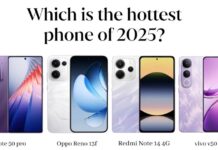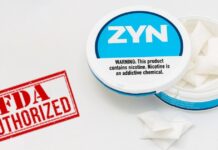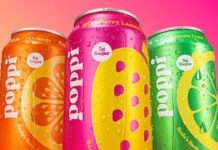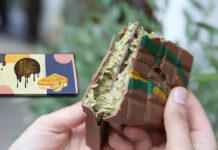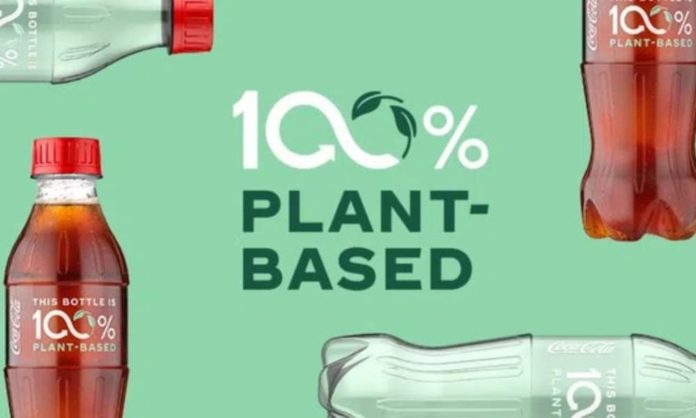In another attempt to do something positive about pollution, Coca-Cola is limiting its carbon footprint by revealing bottles made 100% from bio-material. This is a major achievement unlocked moment that came years after the brand launched PET bottle made 30% from plant-based materials.
Read More: The Concept Behind Coca Cola’s New ‘Hug’ Logo Is So Thoughtful
Coca-Cola PET bottles
The new bottles will be made using two technologies. One method is using sugar from corn and the other employs forestry waste. Of course, this does not include the label and the cap. Nine hundred of these prototype bottles are ready for commercial sale.
Delving a bit further into the PET bottle; the PET comprises two molecules – 30% is MEG, monoethylene glycol, and 70% PTA, terephthalic acid. Initially, Coca-Cola had been using 30% plant-based bottles. The MEG component of those bottles was from sugarcane, however, the PTA component was oil-based. The new bottle’s plant-based paraxylene (bPX) was produced using corn sugar, however, the process is based on flexibility in the feedstock.
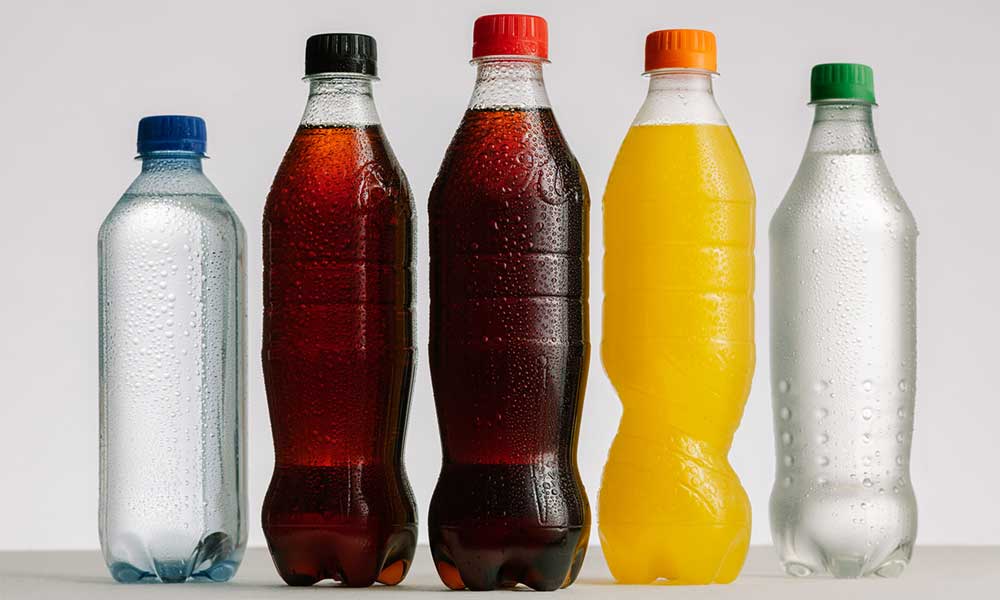
Coca-Cola & its measures
Chief Technical and Innovation Officer, The Coca‑Cola Company, Nancy Quan said:
“We have been working with technology partners for many years to develop the right technologies to create a bottle with 100% plant-based content—aiming for the lowest possible carbon footprint—and it’s exciting that we have reached a point where these technologies exist and can be scaled by participants in the value chain.”
She added:
“We are taking significant steps to reduce [the] use of ‘virgin’, oil-based plastic, as we work toward a circular economy and in support of a shared ambition of net-zero carbon emissions by 2050. We see plant-based plastics as playing a critical role in our overall PET mix in the future, supporting our objectives to reduce our carbon footprint, reduce our reliance on ‘virgin’ fossil fuels, and boost collection of PET in support of a circular economy.”
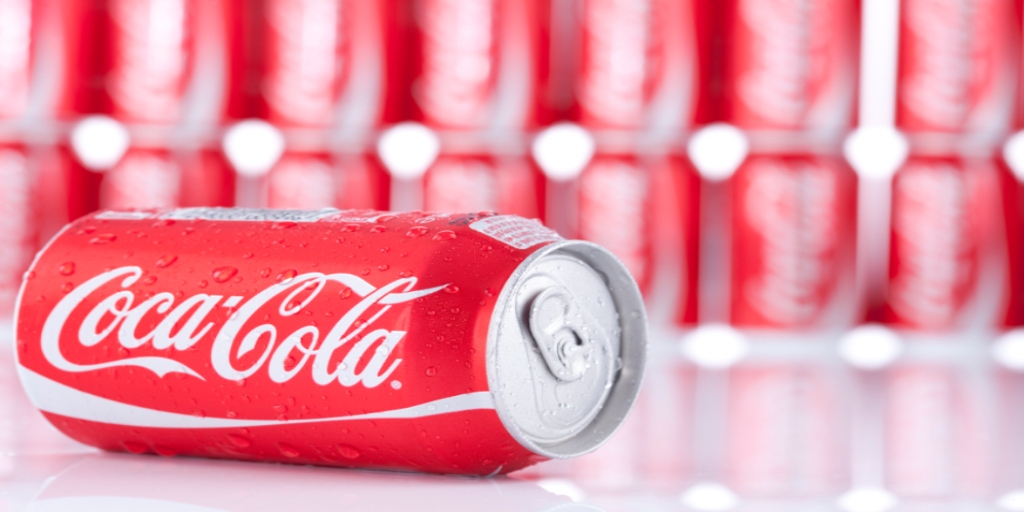
Dana Breed, Global R&D Director, Packaging and Sustainability, at Coca-Cola said:
“The inherent challenge with going through bioethanol is that you are competing with fuel. We needed a next-generation MEG solution that addressed this challenge, but also one that could use second-generation feedstock like forestry waste or agricultural byproducts. Our goal for plant-based PET is to use surplus agricultural products to minimize carbon footprint, so the combination of technologies brought by the partners for commercialization is an ideal fit with this strategy.”
Read More: This Guy Cooked Noodles In Coca-Cola & It Is Just Weird
Coca-Cola’s vision
This is certainly a huge step by Coca-Cola in moving towards a World Without Waste vision. They are optimizing the use of recyclable packaging that is more sustainable. In that series, the company also plans to collect the bottles that they have already rolled out. The aim is to achieve the goal by 2030. This way, they will be able to ensure that none of their plastic is polluting the world. Moreover, they also plan to have 50% of packaging is from recycled material.


